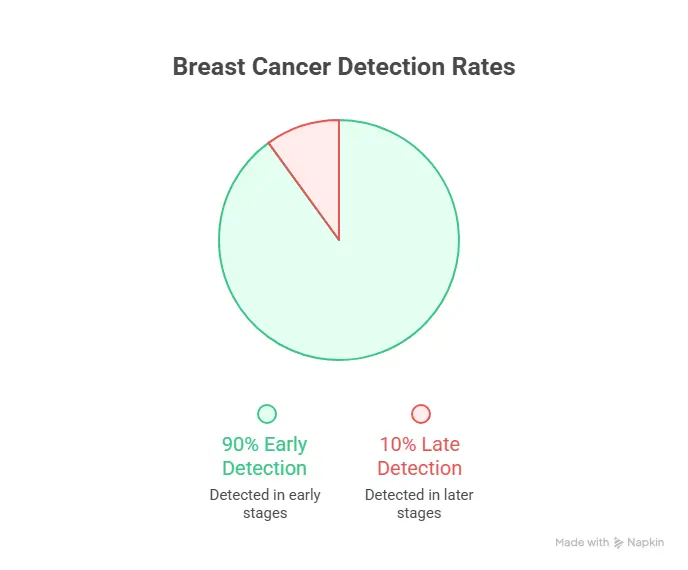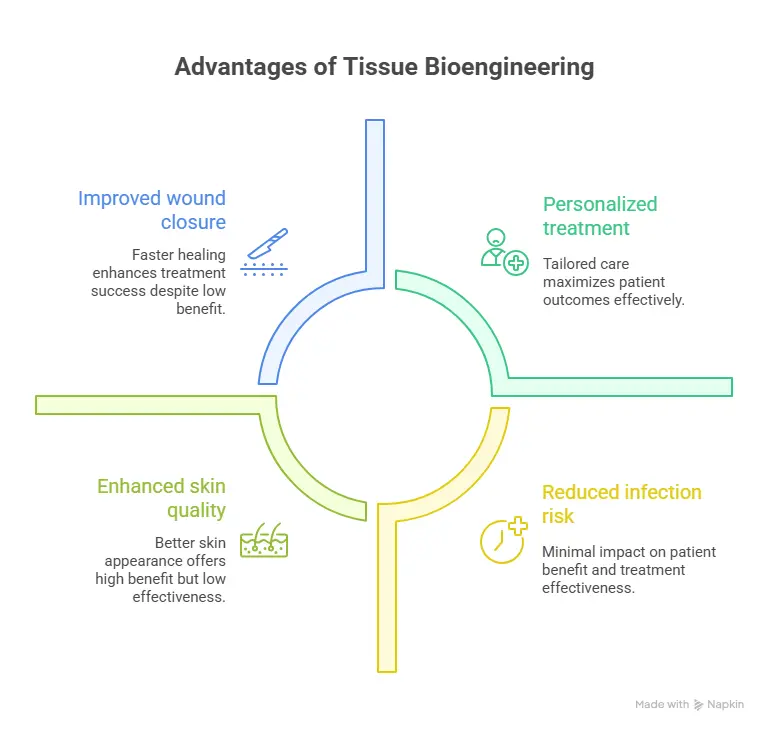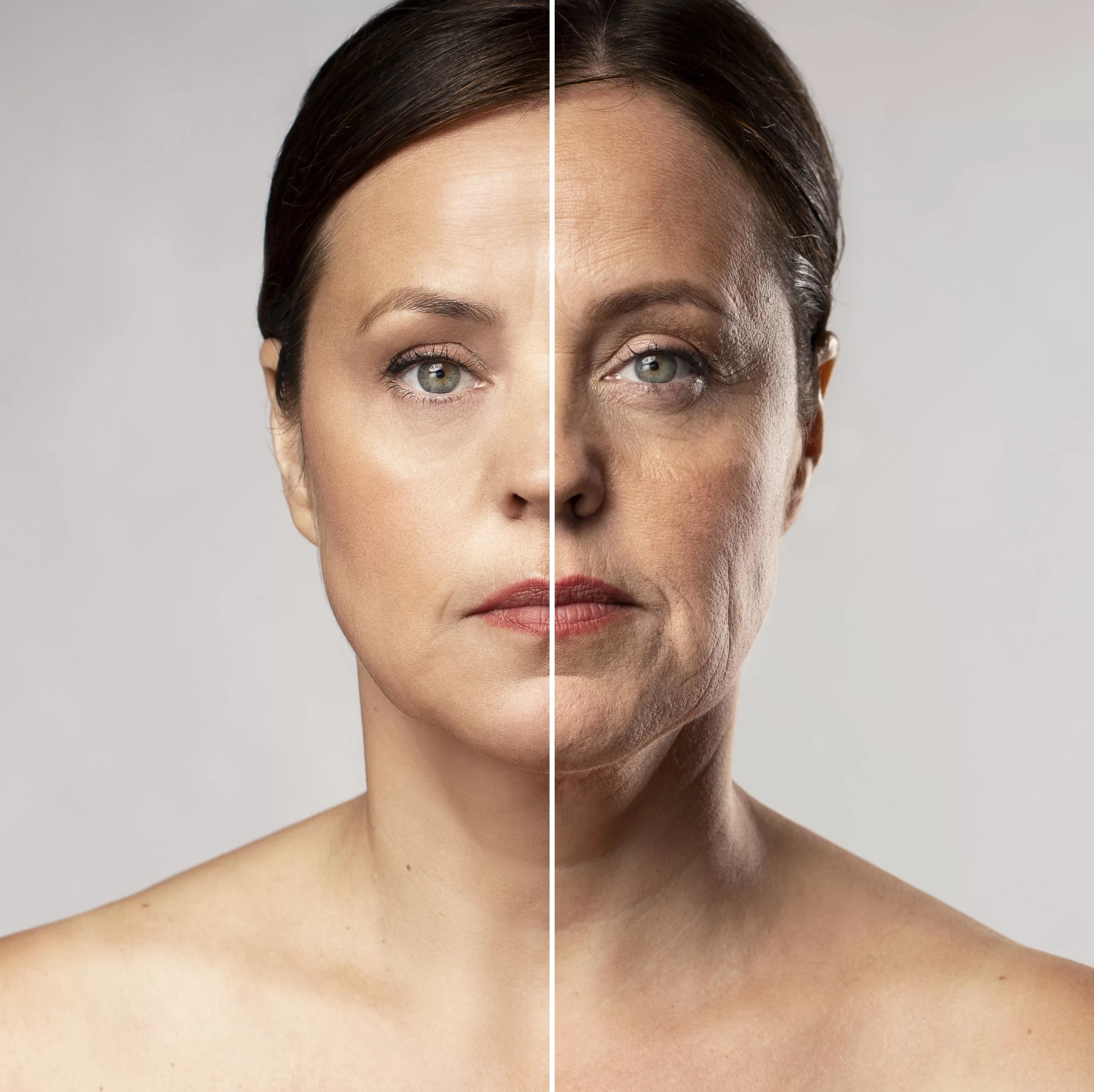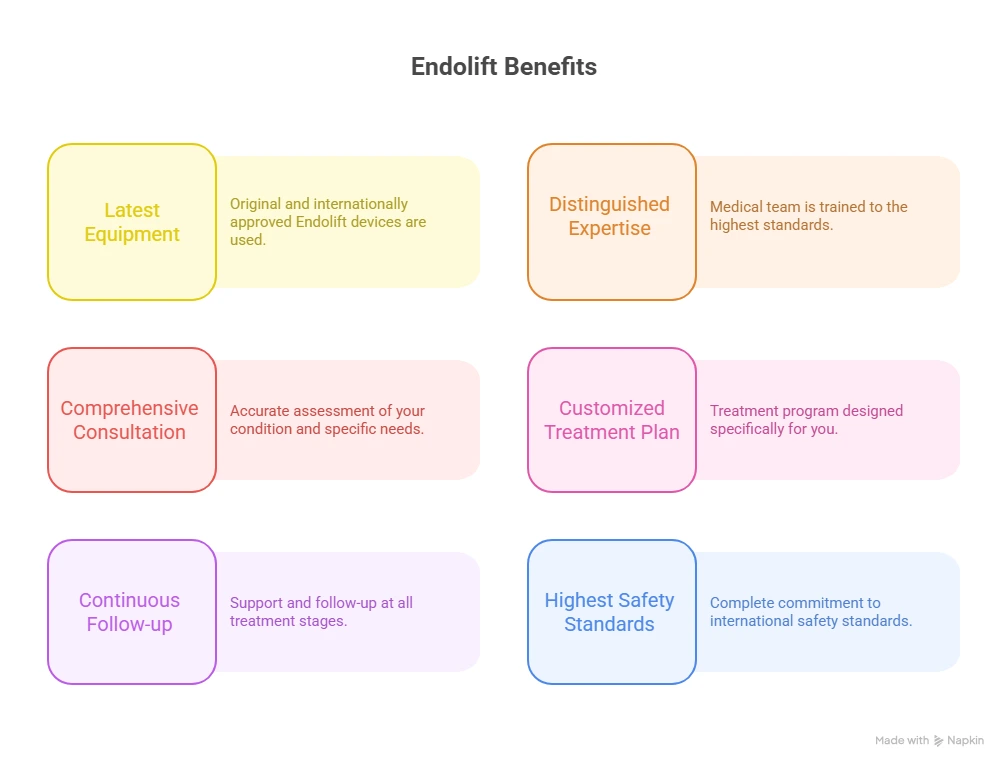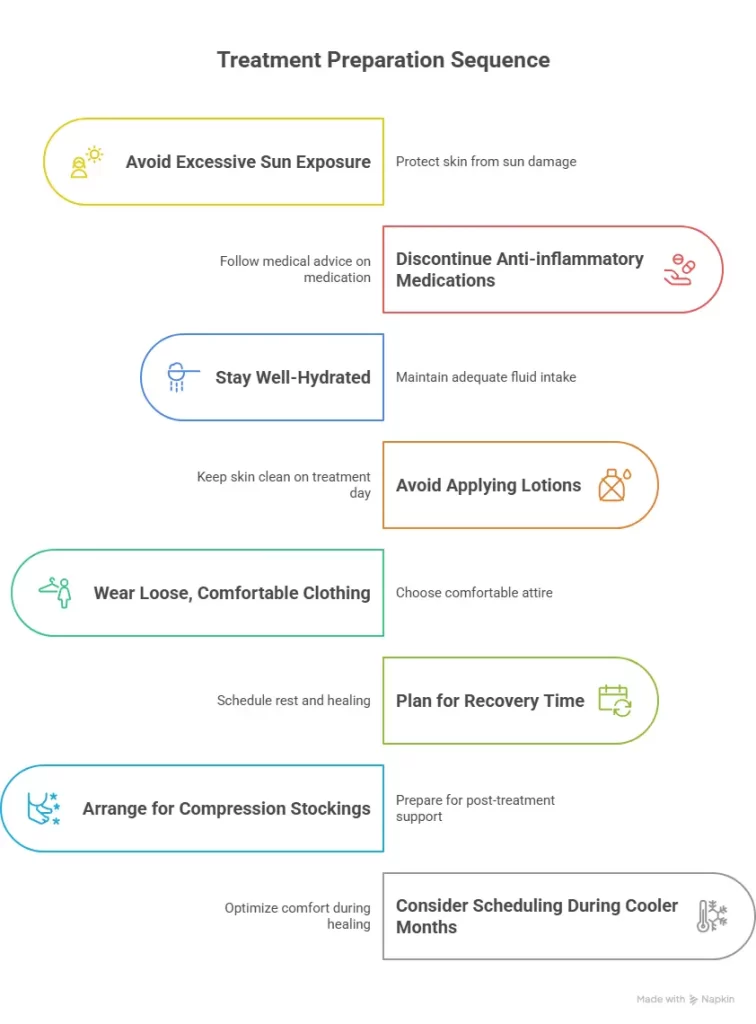Living with chronic pain can feel like carrying an invisible burden that
others cannot see or fully understand. The constant ache in your back, the
persistent throbbing in your joints, the sharp pains that disrupt your sleep—
all take a toll not only on your body but also on your mind, emotions, and
overall quality of life.
If you’re among the estimated 1.5 billion people worldwide living with
chronic pain, you know that medication alone often isn’t enough. Pills may
provide temporary relief, but they rarely address the root causes. They can
also bring unwanted side effects, dependency risks, and diminishing benefits over time.
The good news?
A growing body of evidence shows that holistic and integrative approaches can be just as effective and often more effective than medication alone for managing chronic pain. By addressing the physical, emotional, and lifestyle factors that contribute to pain, you can regain control of your life without relying solely on drugs.
This comprehensive guide walks you through evidence-based holistic
strategies for managing chronic back pain, joint pain, and other persistent
pain conditions. You’ll discover practical interventions you can start today to
reduce pain, improve function, and reclaim your quality of life.
Understanding Chronic Pain: More Than Just Physical

Before exploring solutions, it’s essential to understand what chronic pain actually is ,and why it’s so complex.
What Makes Pain “Chronic”?
Acute pain is your body’s alarm system—it alerts you to injury or illness and usually disappears once the underlying problem heals.
You cut your finger—it hurts, heals, and the pain goes away.Chronic pain, however, persists for three months or longer, often continuing long after the original injury has healed.
It can also develop without any identifiable injury at all. In such cases, pain becomes a condition in itself, rather than just a symptom
Headaches and migraines
Fibromyalgia (widespread muscle pain)
Neuropathic pain (nerve damage)
Post-surgical pain
Complex regional pain syndrome
The Pain Cycle: Why It Persists
Chronic pain creates a vicious cycle that affects multiple aspects of life.

Physical Impact:
Reduced mobility and stiffness
Muscle weakness from inactivity
Poor posture due to guarding painful areas
Fatigue from ongoing discomfort
Emotional Impact:
Depression (chronic pain increases risk fourfold)
Anxiety and fear of worsening pain
Anger and frustration
Feelings of hopelessness
Amplification Effect
Each of these factors feeds back into pain itself.
Depression lowers pain tolerance. Poor sleep increases sensitivity.
Stress tightens muscles and amplifies pain signals.
Inactivity leads to weakness and stiffness, worsening pain further.
When to Seek Additional Help
See your healthcare provider if:
Pain suddenly worsens or changes
New symptoms (numbness, weakness, bladder/bowel changes) appear
Flare-ups become frequent or unmanageable
Severe anxiety, depression, or suicidal thoughts occur
Advanced options include:
Pain rehabilitation programs
Injections or nerve blocks
Spinal cord stimulation
Intensive CBT or ACT therapy
Surgical review if indicated
Frequently Asked Questions (FAQ)
Absolutely — and vice versa. Pain and mood are bi-directionally linked.
Addressing both together yields the best outcomes.
What helps:
Exercise and mindfulness
Social support
Your pain is real.
All pain is processed in the brain—but that doesn’t mean it’s imaginary.
It means your nervous system has become hypersensitive, and holistic
approaches help calm it.
Seek a doctor who listens, believes you, and treats both mind and body.





















